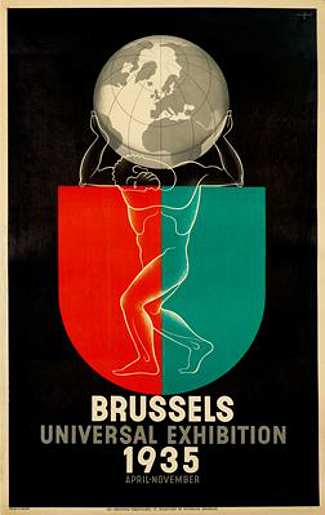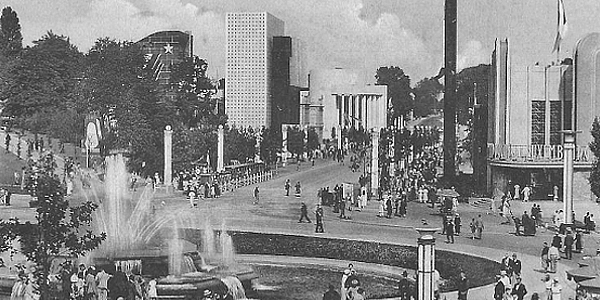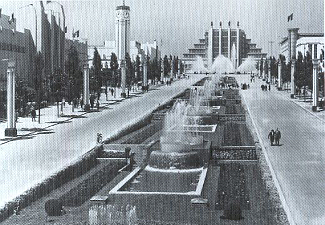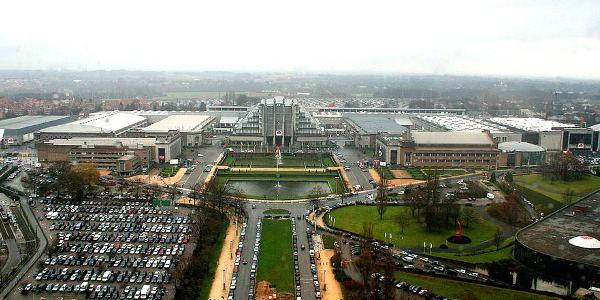Quick List Info

Dates Open - April 27 to November 6, 1935. Duration 194 days.
Attendance - 20 million paid. 26 million total.
International Participants - 33 nations, 7 colonies. Some reports state 30 nations.
Total Cost - 197,000,000 FB ($22.4 million). Profit of 55,400,000 ($6.3 million).
Site Acreage - 152 hectares (312 acres). The exhibition occupied Heysel Plateau.
Sanction and Type - Bureau of International
Exhibitions General Expo of the 1st Category (Universal). Registered October 27, 1932. Would be considered a Registered Expo with Universal qualities like on the 0 years of each decade today.
Ticket Cost - 5 francs ($0.70) for adults. Per capita 2.625 francs ($0.368) via 20 million visitors.
Photo top center: Postcard image of Brussels World's Fair 1935. Courtesy Wikipedia Commons. Column Top: Official poster of the Brussels 1935, 1935. Courtesy Pinterest.

Other Histories of World's Fairs to Check Out








